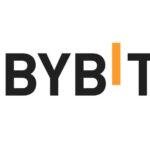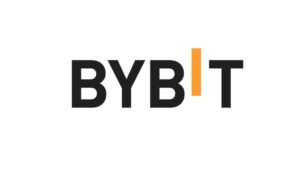There is no doubt that blockchain technology is revolutionary. Over the years, the technology has soared beyond being a mere crypto application to a use-case applicable in virtually every sector. Blockchain technology has provided what many individuals and companies desperately need in today’s commercial world: security.
According to a recent survey, about 60 per cent of business leaders reported that their organization had blockchain investment plans. This shows that more companies are seeking to integrate blockchain technology into their operations.
Whether you intend to integrate blockchain technology for your business or individual purposes, this article will guide you on how to build a blockchain from scratch.
Step-by-Step Guide to Building a Blockchain
Building a blockchain is an extensive process. However, before starting anything, the first choice to make is on whether you intend to develop it in-house or outsource it. Blockchain building is highly technical and requires high-level proficiency in programming languages. If your internal team needs these skills, it would be advisable to outsource the blockchain development. Regardless, the steps to build a blockchain include the following:
Decide on the Form of Blockchain:
There are two significant forms of blockchain. Private and public blockchains. Private blockchains are permissioned and centralized blockchains. This means that the data stored on private blockchains are controlled by a single entity and not publicly available. Conversely, public blockchains operate a decentralized and publicly available database. As a company seeking to integrate blockchain into your operations, private and centralized blockchains might be suitable for you.
Pick a Consensus Mechanism:
A consensus mechanism is a protocol through which the blockchain network determines the validity of transactions. There are numerous forms of blockchain consensus mechanisms, including Proof of Work (PoW), Proof of Authority (PoA), Proof of Capacity (PoC), and Proof of Stake (PoS). However, the major mechanisms are Proof of Stake and Work. Regardless of whichever mechanism you choose, ensure that it suits your blockchain’s use case.
Develop a Blockchain Instance:
Blockchain instance types cover core elements like block signatures to verify transactions, blockchain address formats, and atomic exchange patterns to exchange cryptocurrencies with other blockchains.
Create Your User Interface:
After picking a consensus algorithm and deciding on the instance types for your blockchain, the next step is to create your user interface. This step is mainly tied to front-end functions. You can decide to use any programming language, from Java Script to HTML 5. Web and mail servers are equally important.
Evaluate Similar Blockchain Projects:
Regardless of the use case you intend to deploy your blockchain for, you need to know what other blockchain projects offer. This will guide you on the features to integrate into your blockchain project and the elements to improve. Notable blockchain projects include Ethereum, Cardano, BNB Chain, and Solana.
Conclusion
The benefits of building a blockchain definitely outweigh the costs. However, it is vital to pay close attention to quality assurance. This way, you can be certain that your blockchain project will be suitable and efficient enough for its use case.




























